From Brut to Blanc de Blanc
A Guide to Champagne Labelling
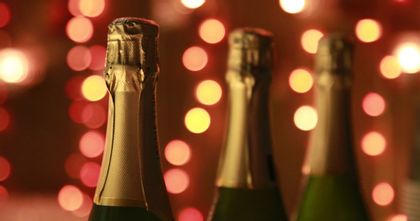
Do you love champagne, but prefer when someone else picks the bottle? Do you find yourself enjoying particular styles over others, but not knowing why? This guide on champagne labelling will give you the confidence to shop with certainty and even discover new styles or champagne houses you may have never explored before!
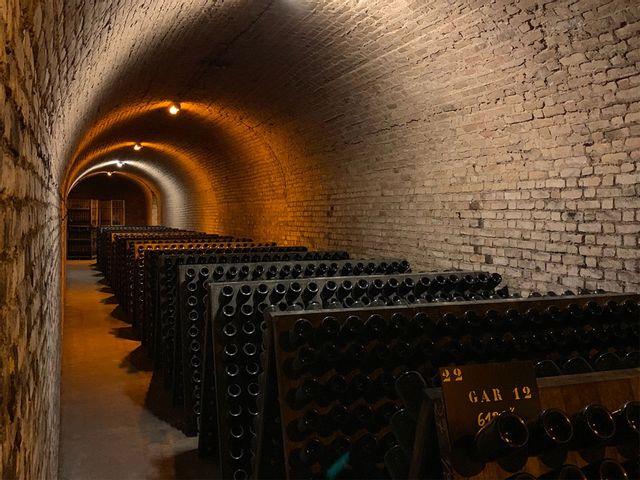
What’s the difference between champagne and sparkling wine?
There's one significant difference: all champagne is sparkling wine, but not all sparkling wine is champagne! Legally, only sparkling wines produced in the Champagne region of France can be referred to or labelled as champagne.
Some sparkling wines have other labels if they are from particular areas. Prosecco comes from Italy and has a light, fresh profile with a lively bubble, and offers pear, melon or apple characters featured among the typical citrus found in champagne. Cava comes from Spain and is often looked at as a good quality alternative to champagne as it is made with the same method. It can offer a fuller character profile (creamy texture, baked bread aromas) with a higher level of sweetness.
New World regions, including the United States, Australia, and New Zealand, are also producing very high-quality sparkling wines that are certainly worth a try!
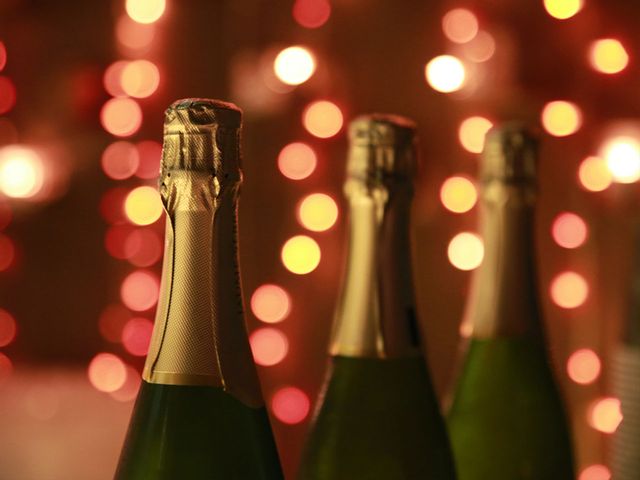
What gives champagne its character and what dictates its style?
Champagne is typically made from blending three different grape varieties. They each offer different characters to alter the flavour profile and structure: pinot noir adds body, structure and complexity; pinot meunier adds fruit and floral aromas; and chardonnay adds freshness, elegance and finesse. It is also acceptable for producers to use pinot gris, pinot blanc, petit meslier, and arbane grapes, though these are much less common.
How you blend these grapes and what portion you use of which grape, changes the way the champagne tastes and what style of champagne it is. Blanc de Blanc is produced using only chardonnay grapes and is known to be a crisper, more citrus-driven style, while Blanc de Noir is produced using pinot noir or pinot meunier grapes, and has greater body and more richness. These two styles respectively translate as “White from Whites” and “White from Blacks”, referring to the fact that neither style use skin contact in production and are therefore “white” in colour.
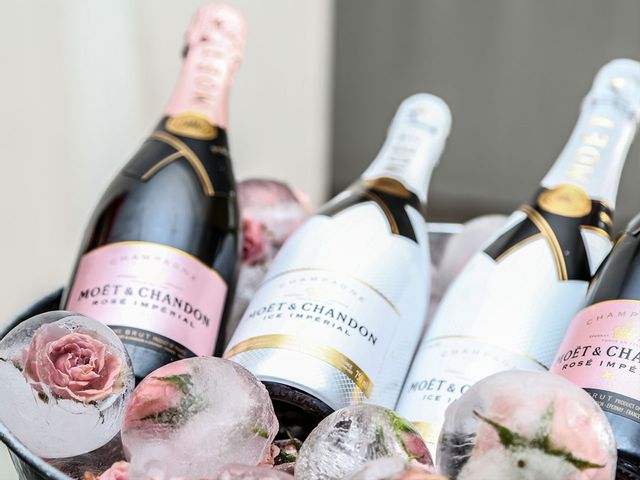
What’s the difference between white champagne and rosé champagne?
Wine, either still or sparkling, gets its colour from skin contact: the skins are pressed with the juice during production, adding colour and imparting structure from the skins' tannins. The thicker the skin, the higher the tannins and the greater the body. Wine lovers may joke that rosé is made by blending white and red wine, but this is actually an acceptable method for making rosé champagne, where up to 15% of still red wine is blended into the champagne.
The other method is called “saignée", which translates to "bleeding", and involves bleeding colour into freshly crushed grape juice via minimal skin contact. This process adds body and texture to champagne and is the same method used to produce most still rosé wines.
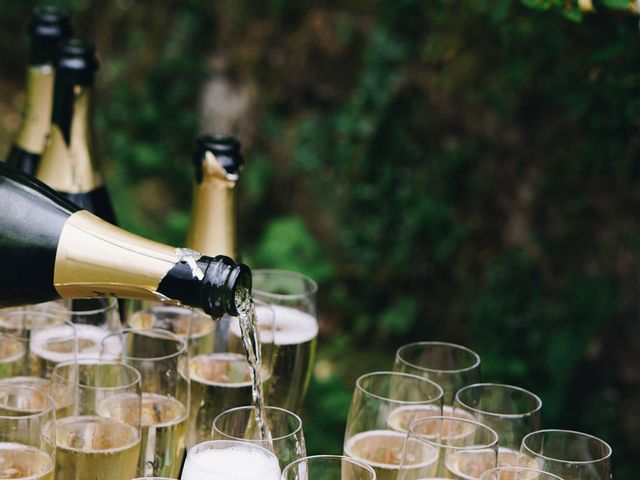
What is non-vintage champagne?
Non-vintage champagnes blend grapes from multiple harvests from different years, which is done by producers to achieve balance and continuity from one bottle or the next. As non-vintage makes up the majority of champagne, it often won’t be noted obviously on the label or will only say “NV”. A quick shortcut is to look for a year: if it doesn’t have one, it’s non-vintage.
Vintage champagne is usually more expensive than non-vintage because vintage must be aged for a minimum of three years in the bottle and takes additional time, work, and investment to produce. It is also made of the highest quality grapes as its character and profile must stand alone. Vintage champagne is typically more complex than its non-vintage counterpart, so is best enjoyed out of a proper champagne wine glass where its aromas and flavours can be fully appreciated. In short, vintage champagne should be saved for a special occasion, whereas non-vintage can be enjoyed any time!
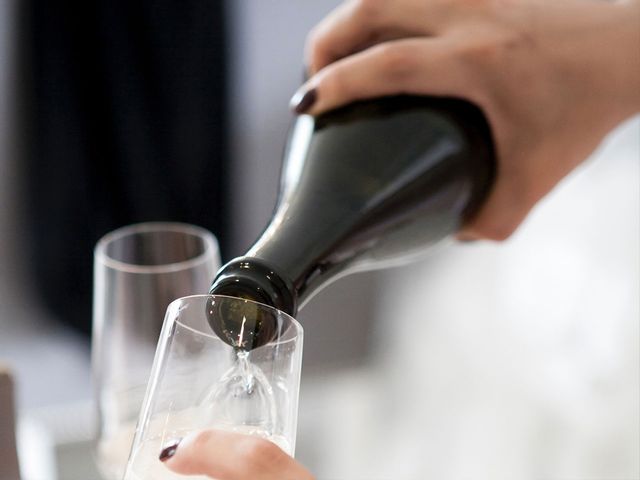
What is “brut” champagne?
Champagne is categorised by its sweetness, which is measured not by how sweet it tastes but how much residual sugar it contains. Residual sugar is produced naturally from the grapes after the alcoholic fermentation stage of winemaking and is measured in grams per litre. Because champagne and sparkling wines are so acidic, natural sugar is added to achieve the right balance depending on the style the producer is going for. The categories of sweetness, from least sweet to most, are: Brut Nature/Zero (0-3g/L); Extra Brut (0-6g/L); Brut (0-12g/L); Extra-Sec/Dry (12-20g/L); Sec (17-35g/L); Demi-Sec (33-50g/L); Doux (minimum 50g/L).
Brut is the most commonly produced category of champagne and can be produced using either red or white grapes, vintage or non-vintage. This style of champagne is often referred to as being "dry", which is based on the dry way it tastes on your palate. Confusingly, champagnes known as "Extra Sec" or "Extra Dry" are actually sweeter than Brut, so if your preference is for a drier, less sweet style, you want to look for Brut, Extra Brut, or even Brut Nature!
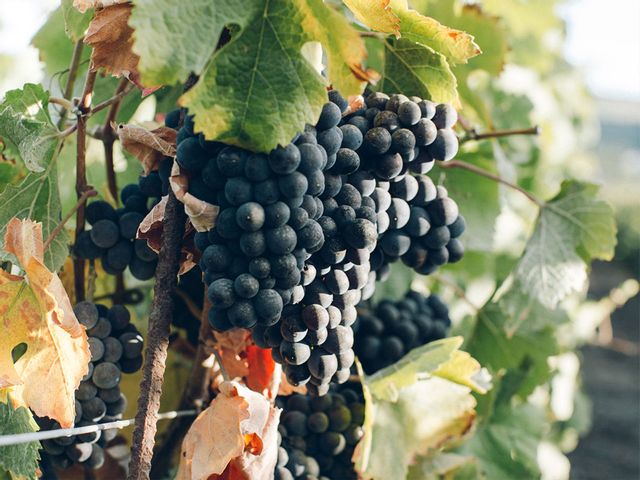
What is grower champagne?
The majority of big champagne houses – that is, the ones whose labels you'd recognise – take their grapes from a variety of different vineyards. These houses purchase their grapes from other growers, with some selecting from literally thousands of different plots. Grower champagne is the opposite; it comes from a singular area so is based on the "terroir", or distinct character, of a place. The idea is that each year's harvest is different and its profile is based on sun, rain, and soil, rather than the consistency found in the larger houses.
Champagne has to include on the label where their grapes come from, annotated by two letters:
- NM for “Négociant Manipulant”: Any producer whose champagne contains less than 94% of their own grapes.
- RM for “Récoltant Manipulant”: A grower-producer who uses at least 95% of their own grapes.
- CM for “Coopérative Manipulant”: A collective of growers who share their resources and produce under a single brand.
- SR for “Société de Récoltants”: A collective of growers who share their resources but collectively produce and market their own brands.
- ND for “Négociant Distributeur”: A buyer who labels and distributes champagne that is not grown and produced by them.
- RC for “Récoltant Coopérateur”: A grower with a cooperative who makes champagne at a shared facility but markets it under their own brand.
- MA for “Marque d’Acheteur” aka “Buyer’s Own Brand”: A business, like a restaurant, that buys champagne from a producer and sells it under its own label.
Locations